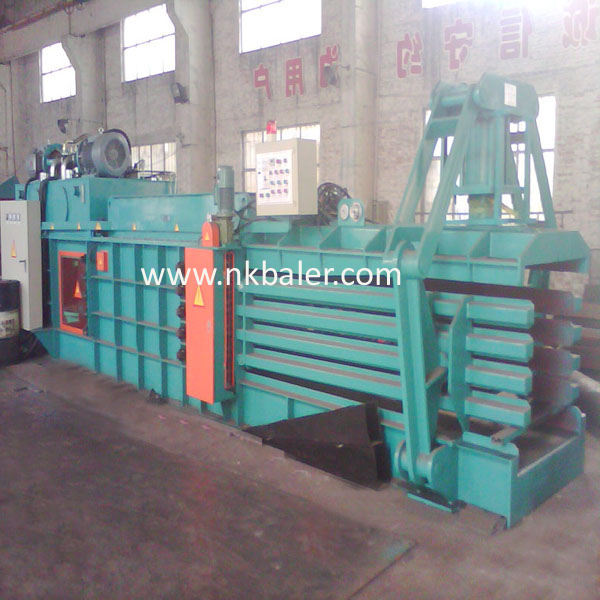In agriculture and waste management, a baler is a commonly used piece of equipment used to compress straw, forage or other materials into bales for storage or transportation. Horizontal balers and vertical balers are two common types, each with their own pros and cons. Which one you choose depends on your specific needs and operating conditions.
1. Horizontal baling machine:
(1) Usually more suitable for processing longer materials, such as straw, hay, etc.
(2) The resulting bundle is usually rectangular in shape, making it easy to stack and store.
(3) It can operate at high speed and is suitable for large areas of farmland.
(4) Usually requires higher maintenance costs and more operating skills.
2. Vertical baler:
(1) Suitable for processing shorter materials, such as pasture, silage, etc.
(2) The resulting bundle is cylindrical, which is convenient for wrapping and packaging.
(3) It can be operated in a smaller space and is suitable for small areas or irregularly shaped fields.
(4) Usually the structure is simpler and the maintenance cost is lower.
3. When choosing a horizontal or vertical baler, you need to consider the following factors:
(1) Type and length of bundling materials.
(2) The size and shape of the working site.
(3) Requirements on bundle shape and size.
(4) Budget and maintenance capabilities.
(5) Operator’s experience and skills.

Overall, there is no absolute “better,” just the best baler for your specific needs. Before making a decision, it is best to consult a professional, consider all relevant factors, and make a choice based on your actual situation.
Post time: Feb-01-2024